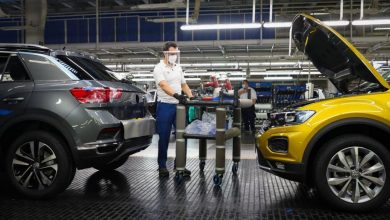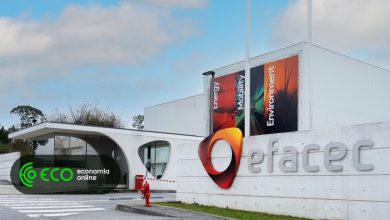Auto industry puts pressure on FCC with V2X commitment
As automotive industry stakeholders continue to spar with the Federal Communications Commission over the 5.9 GHz spectrum, the industry recently committed to install at least 5 million vehicle-to-everything (V2X) radios, but only if the federal government fulfills its request.
On Thursday, April 23, the Alliance for Automotive Innovation announced that the auto industry is committed to deploy at least 5 million V2X radios on vehicles and roadway infrastructure within the next five years. However, there is a catch.
According to a news release, the commitment is only valid under the assumption the FCC allocates the full 75 MHz within the 5.9 GHz Safety Spectrum for transportation safety. This includes allowing cellular V2X (C-V2X) technology to operate alongside dedicated short range communication (DSRC).
V2X technology allows vehicles to communicate with all other interactive communication, including V2I (vehicle-to-infrastructure), V2N (vehicle-to-network), V2V (vehicle-to-vehicle), V2P (vehicle-to-pedestrian), V2D (vehicle-to-device) and V2G (vehicle-to-grid).
In addition to paving the way for more advanced autonomous vehicles, V2X benefits include “drastically reducing automotive crashes and fatalities and producing economic, environmental, and transportation efficiencies,” according to the alliance.
“This commitment represents more than 50 times the number of devices on the road today,” Auto Innovators President and CEO John Bozzella said in a statement. “This commitment by automakers clearly shows that these lifesaving technologies are ready and can be deployed in significant numbers in the next five years.”
In a letter to the FCC and U.S. Department of Transportation dated April 23, the alliance states “the companies with deployed or announced deployments account for over 60% of the automotive market share in the United States.”
The alliance represents the manufacturers producing nearly 99% of cars and light trucks sold in the U.S.
The move comes during a time of uncertainty behind the 5.9 GHz band. The FCC and auto industry continue to argue over who gets access. So far, the full band is for transportation safety. However, the FCC is proposing a change.
On Feb. 6, the FCC published a proposed rule that would permit unlicensed devices to operate in the lower 45 MHz portion of the band. The upper 30 MHz portion will go towards intelligent transportation system operations like V2X.
In comments submitted on March 9, the alliance urges the FCC to maintain the full spectrum for transportation safety technology. Allowing unlicensed use, the alliance argues, could pose a significant risk of harmful interference. Also, reallocating V2X to a spectrum outside of the 5.9 GHz band is not feasible. Lastly, the alliance claims the FCC does not have the authority to reallocate the lower 45 MHz. According to the alliance, doing so will violate sections of the Communications Act.
“Stakeholders across the transportation ecosystem are already working to deploy V2X technology in the 5.9 GHz band, and innovation for the next groundbreaking steps in advanced vehicle communications and automated transportation are ongoing,” the alliance states in comments. “The Commission should not stymie this progress by decimating the spectrum available for V2X in the 5.9 GHz band.”
Presently, the FCC allows wireless internet service providers access to the 5.9 GHz band to provide relief for COVID-19.
The temporary allowance expires on May 26.
On April 23, the FCC announced 1,200 MHz of the 6 GHz band (5.925-7.125 GHz) is available for unlicensed use. The 5.9 GHz band spans from 5.850 to 5.925 GHz. According to a news release, the allowance “will usher in Wi-Fi 6, the next generation of Wi-Fi, and play a major role in the growth of the Internet of Things.”
The American Association of State Highway and Transportation Officials applauded the alliance’s commitment.
“This commitment complements the work being done by state departments of transportation to research and implement the roadside technology needed to connect those radios to the infrastructure around them,” AASHTO Executive Director Jim Tymon said in a statement. “This connectivity holds the promise of saving countless lives by providing real-time information to drivers about road and weather conditions. And it should serve to dispel any notion that the transportation industry will not use the entire 5.9 GHz spectrum for the safety and mobility purposes it was intended for.”
In comments submitted on March 2, AASHTO also urges the FCC to keep the 5.9 GHz band for transportation technology. AASHTO is calling the proposal to allow unlicensed devices “wrong and misguided.”
Font: Landline





